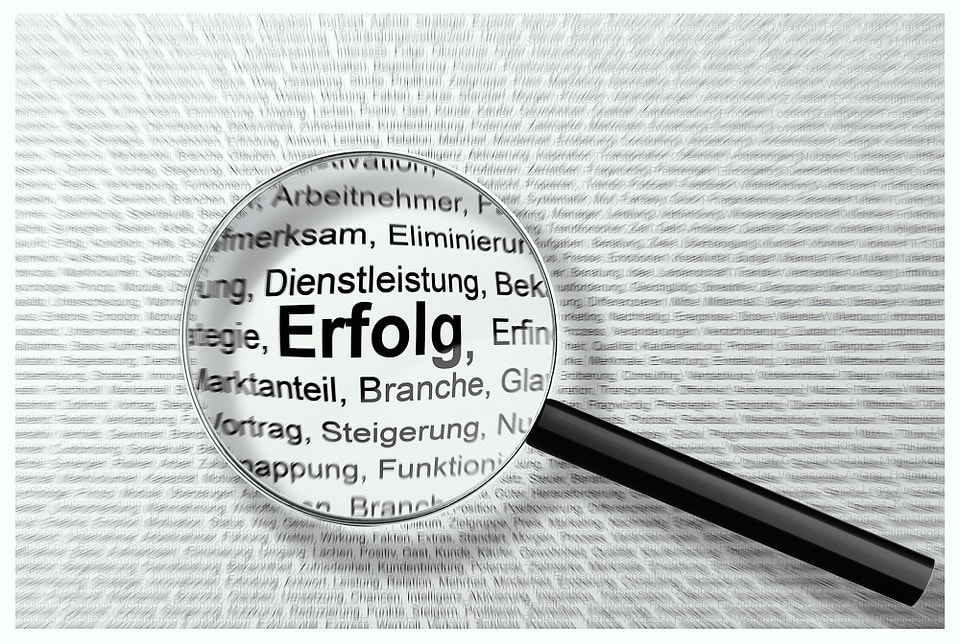Top 10 Translation Industry Trends in 2022
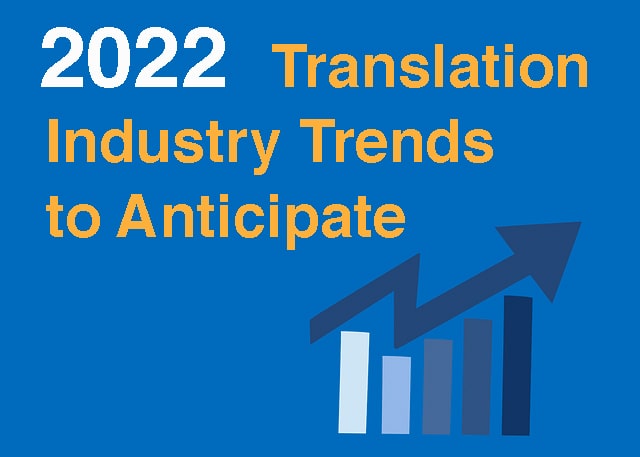
Exploring the latest translation industry trends? 2022 is emerging as not only one of the most anticipated years for pandemic recovery; it’s also going to reflect a “settling in” to new modes of enterprise operation that were intensely deliberated last year.
2021 demonstrated a 6% global economic growth rebound. And as it goes, whenever global growth enters the discussion, so does multilingual communication.
Here are the top 10 language translation industry trends 2022 is likely to bring.

10 Translation Industry Trends for 2022
1. AI Adoption by Major Machine Translation Tools
One of our top 2022 translation industry trend predictions is the integration of artificial intelligence (AI) with the major machine translation tools.
While AI technology has been accessible in premium translation software solutions for some time, we predict 2022 will see the beginning of more wide-scale adoption of AI from translation tools that have offered only raw machine translation up until now.
It’s likely these more advanced capabilities will be marketed in premium subscriptions geared toward enterprise users.
Pre-Editing Machine Translations
The next wave of AI-led development will include the ability to use terminology glossaries to interactively improve machine translations and create custom translations. This will lead to tangible quality gains for users that know what their translation needs are and can plan ahead.
Instead of editing a translation after it’s been generated (post-editing), users will pre-edit their machine translation system. This means they will upload the terms they want the system to use. In effect, this will eliminate the need to post-edit the machine translation.
In addition to using glossaries to produce custom translations, more and more systems will offer on-the-fly machine translation training. This means that the machine translation will perform machine learning to produce custom translations during the actual translation request (instead of beforehand).
2. SEO in Localization
The increasing involvement of SEO in the localization process is another one of our anticipated translation industry trends in 2022.
As it is, businesses are relying more on SEO in 2022 to acquire new customers after losing traction on social media in a post iOS 14.5 world. Therefore, we predict the translation industry will begin to see more emphasis on the inclusion of SEO keywords in termbase glossaries.
In localization projects, it will become commonplace for companies to hire SEO copywriters to work under tight character count restrictions and brand guidelines before projects are sent to translation. This takes considerable effort, so it makes sense for glossaries to include company-approved reusable terms that not only align with branding, but also SEO strategy and character count requirements.
3. Uptick in Freelance Translator Demand
Demand for freelance translators will grow as a 2022 translation industry trend as both employee turnover rates and economic growth are sustained.
With workers moving around more frequently and saying no to unfavorable work arrangements, enterprises that previously relied on bilingual employees to translate content will increasingly turn to freelance translators.
4. Increasing Requests for Fast Translation Turnaround
As the world places more emphasis on 4-day work weeks, we predict it will bring the demand for faster translation turnaround times. This is a translation trend in 2022 that will be a side effect of the focus on business growth conflicting with truncated work weeks.
Popular among employees and employers attempting to retain talent, 3-day weekends means that employees who are typically leveraged for translation projects will be asked to accelerate translation projects to offset delayed turnaround.
5. Demand for Translators Specialized in Growing Industries
Another 2022 translation industry trend in which we anticipate growth is the demand for specialized translators in growing industries.
While we can expect continued growth for the industries cited in last year’s predictions, we also anticipate growth in hospitality, transportation and energy. Therefore, there will be an increase in the development of communication materials that include specialized terminology.
Hence the uptick in demand for specialized translators and glossary development.
6. Blockchain Enters 2022 Translation Industry Conversations
In the translation industry, 2022 will begin to hear whispers of how blockchain technology will benefit translation management in the future. Security, accuracy and real-time translation post-editing transparency are factors likely to be addressed with blockchain.
While we don’t predict drastic progress will be made in applying blockchain to translation this year, we do think this will be the year the discussions gain traction.
7. Podcast Translation Services
Podcasting has exploded in popularity, and its growth won’t stop any time soon. As successful podcasters make plans to grow and reach international audiences with their messages, we forecast more podcast translation services to emerge as a 2022 translation market trend.
8. Identity Management in Translation Software
This 2022 translation industry trend is an important one within the realm of security. While we’ll continue to see the growing adoption of enterprise security in translation solutions, identity management will be one of the newest additions to many translation software platforms.
Third party “identity and access management” services such as OKTA, SSO and Microsoft Azure AD will become more common. Some of the benefits include reduced password and access issues, as well as improving efficiency for IT teams.
9. SMS Marketing Localization Demands
While SMS marketing has already begun to infiltrate the ecommerce world, perfecting it for a multitude of language pairs will be the next challenge. That’s why we forecast SMS marketing localization as a translation industry trend in 2022.
As the technical limitations of the SMS format present localization difficulties, we’ll see a growing standard for higher-quality SMS marketing messages. This translation trend will be driven by the highly-proven success and growing adoption of SMS as a marketing channel.
10. Digitization & Translation of Hard Documents
This 2022 translation industry trend might seem outdated at first glance. However, as office spaces become obsolete (or partially obsolete), companies will need to find more accessible storage space for the hard documents previously stored in file cabinets.
So what’s the lowest-cost, safest and most centralized storage space? The cloud.
Consequently, we predict an increasing demand for digitization, which will require paper documents to be scanned. As scanned PDF documents are created in the digitization process, we expect to see an uptick in scanned PDF translation requests as a downstream effect.
Scanned document translation should be in its own class of translation due to its notoriety for involving technical obstacles.
Continued Translation Trends
Last year, we forecasted an increased demand for post-editing. Similarly, we anticipate an uptick in demand this year for translators who know how to post-edit machine translation. This, in addition to the other 2021 trends, are expected to continue to grow throughout 2022 and into 2023.
Modernize Your Translations in 2022
Want a translation management system that keeps up with the times? Pairaphrase delivers a suite of powerful translation tools in a web-based environment. Choose translation software that allows you to jump on board with many of the 2022 translation trends listed above.
Schedule a demo or share this article with a colleague.
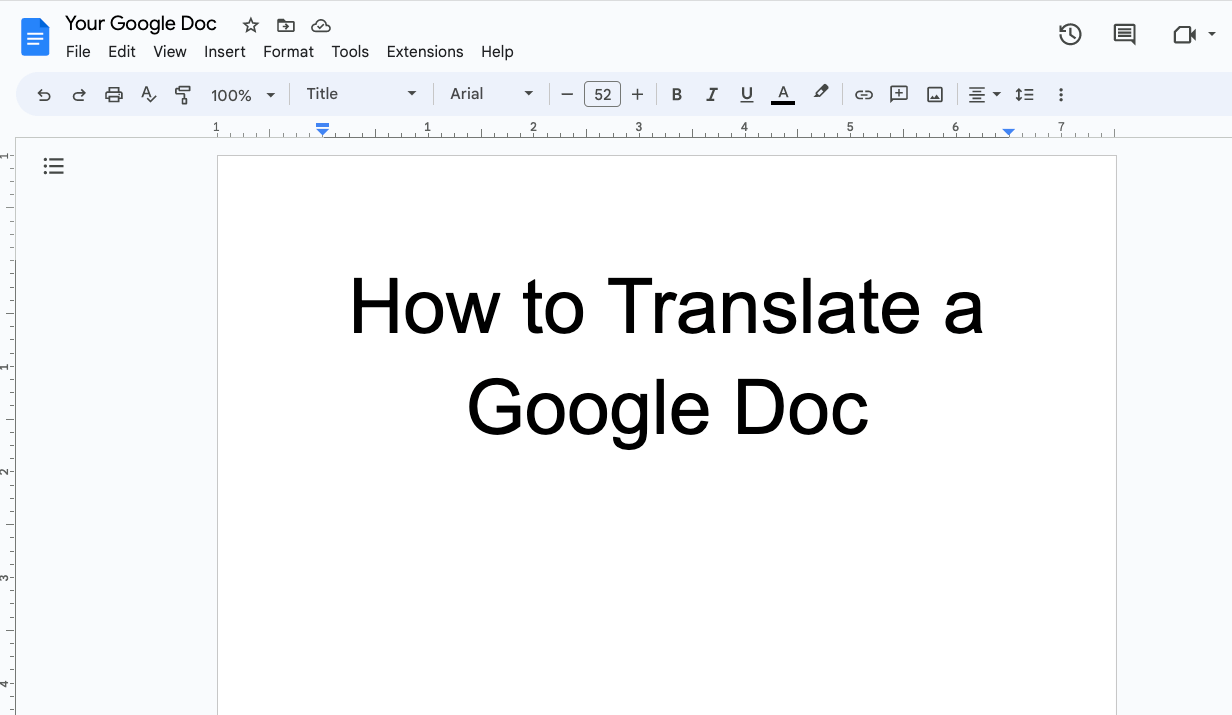
How to Translate a Google Doc Most Efficiently [2025]
Want to translate Google Doc text? Learn why you should use Pairaphrase as your Google Docs translator.

How to Translate an Entire Google Slides Presentation [2025]
Want to translate Google Slides presentation text, notes & charts? Learn why you should use Pairaphrase as your Google Slides translator.
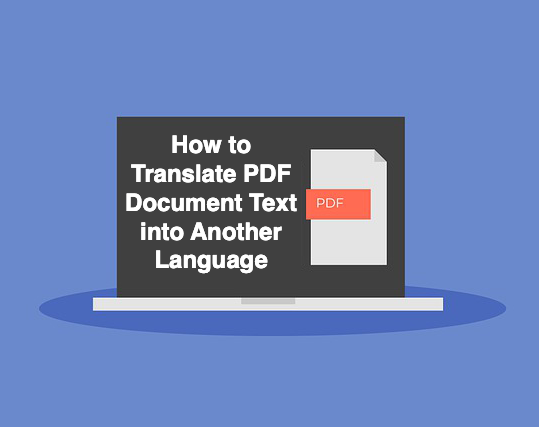
PDF Translation Problems & Solutions: Troubleshooting Guide [2024]
Learn common issues involved with translating PDF documents and discover why Pairaphrase is the best PDF document translator.

Most Accurate Translator Tool: What to Look for [2024]
While a 100% accurate translator does not yet exist, this post will tell you how to get the most accurate translator tailored to your company’s words and phrases.
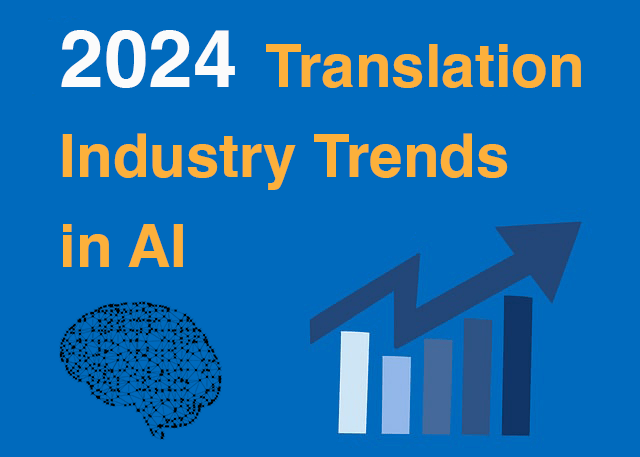
11 AI Translation Industry Trends in 2024
Explore 2024 translation industry trends! Learn about 10 AI translation industry trends 2024 will bring, according to our predictions.
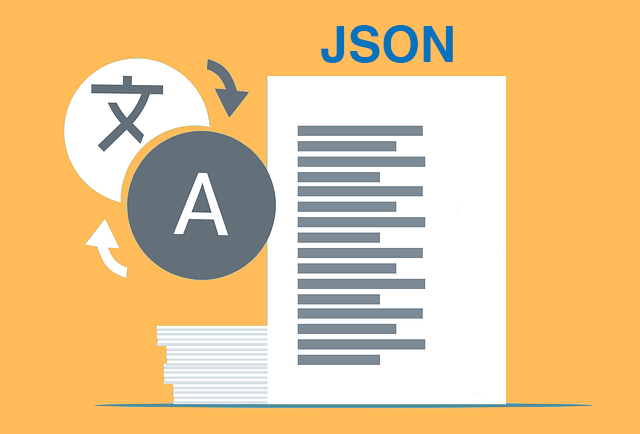
How to Translate JSON Files Online Effectively [2024]
Want to translate JSON files? Learn why Pairaphrase is the best way to auto-translate JSON files online.

How to Translate HTML Files to Another Language [2024]
Want to translate HTML files to another language? Learn why Pairaphrase is the best way to translate HTML files.
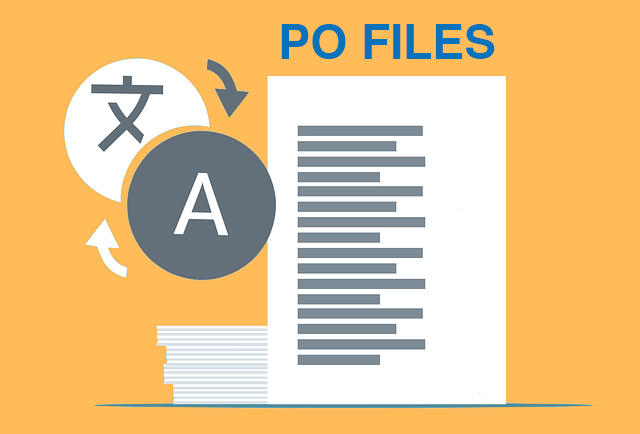
How to Translate PO Files Online [2024]
Need to translate PO files online? Learn why Pairaphrase is the best way to translate PO files.

OpenAI Language Translation: Pros & Cons for Enterprises
Exploring OpenAI language translation capabilities? In this article, discover the pros & cons of OpenAI translation for enterprise use.

File Translation 101: Your Guide to the Basics
Learn all about file translation in this 2023 guide to gain an understanding of the different kinds of file translation services & formats.

Best Way to Translate Elucidat Course Content
Learn how Pairaphrase makes Elucidat course translation reusable, secure, fast and easy.
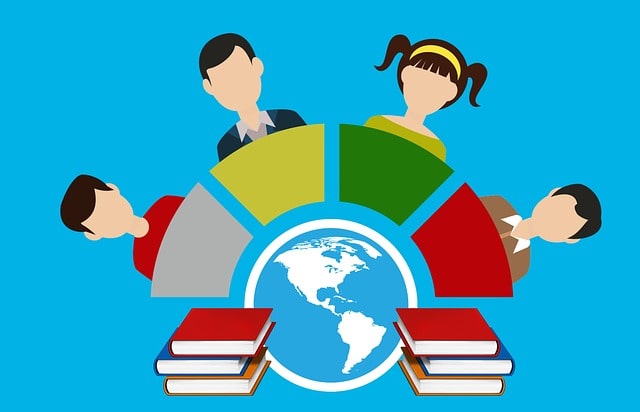
5 Tips for eLearning Localization in 2024
Need to localize eLearning content? Familiarize yourself with these 5 eLearning localization tips for effective multilingual training.

How to Translate a Text File Online [2024]
Want to translate a text file? Learn why Pairaphrase is the best way to translate a text file for your organization.

Best DocTranslator Alternative (2024)
Want a secure enterprise alternative to DocTranslator? Learn why Pairaphrase is the best DocTranslator alternative for enterprises here »
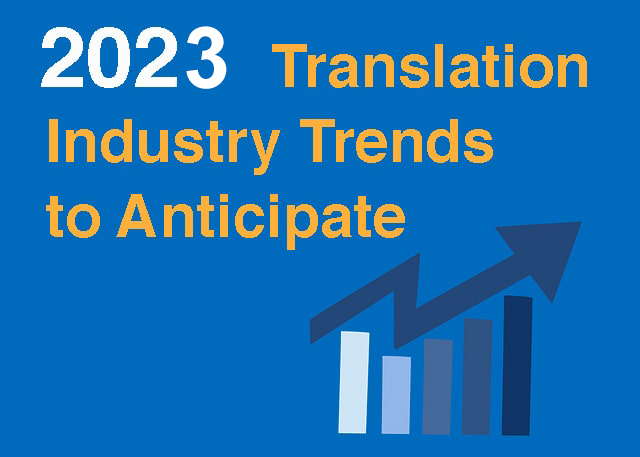
Top 8 Translation Industry Trends (2023 Outlook)
Explore 2023 translation industry trends! Learn about 8 translation industry trends 2023 will bring, according to our predictions »

Best English to Polish Document Translation Software [2024]
Looking for English to Polish translation software, but not sure what features you need? Access this buying guide.
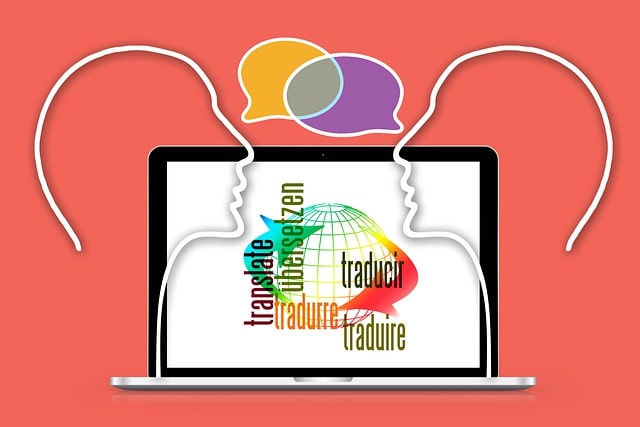
Translation Services 101: Your Guide to the Basics
Need translation services? First, learn the basics! This way, you can make an informed decision. Explore this guide to translation services.

Best Redokun Alternative for Enterprises (2024)
Want a secure enterprise alternative to Redokun? Learn why Pairaphrase is the best Redokun alternative for enterprises here »
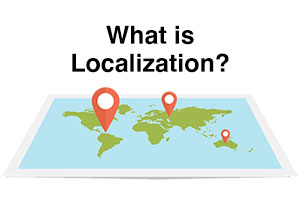
Localization 101: Your Guide to the Basics
Curious about localization? Learn about localization vs translation, what it is, how it works, benefits & more in this guide to the basics!

Best Memsource Alternative for Enterprises (2024)
Want a secure enterprise alternative to Memsource? Learn why Pairaphrase is the best Memsource alternative for enterprises here »

How to Translate Entire Google Sheets (All Cells) [2025]
Want to translate entire Google Sheets? Learn why you should use Pairaphrase as your Google Sheets translator.
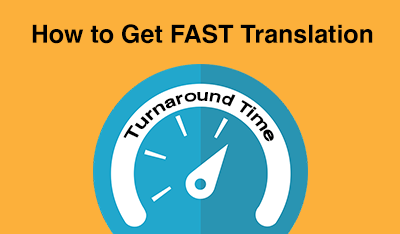
Fast Turnaround Translation: How to Get it
While fast translation turnaround and linguistic quality is a delicate balance, this post will tell you how to best use Pairaphrase to get fast translations.
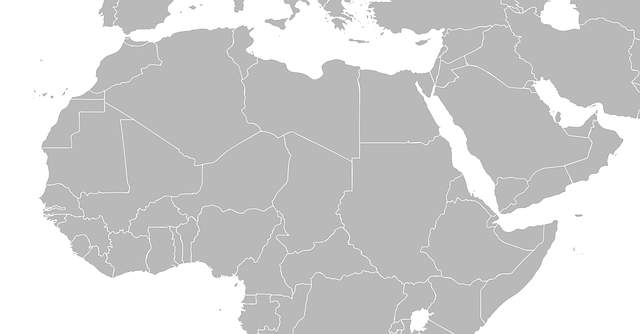
Best English to Arabic Document Translation Software (2024)
Looking for English to Arabic translation software, but not sure what features you need? Access this buying guide.
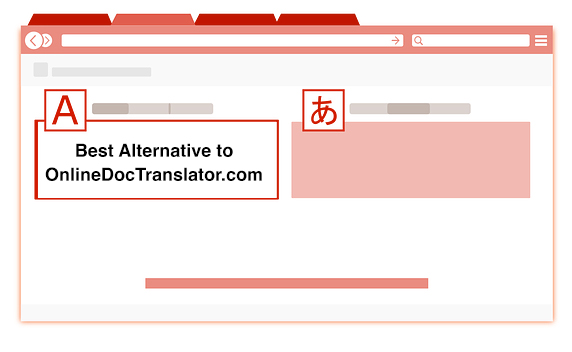
Best OnlineDocTranslator.com Alternative (2024)
Considering an alternative to OnlineDocTranslator.com? Explore why Pairaphrase is the best OnlineDocTranslator.com alternative for enterprises.
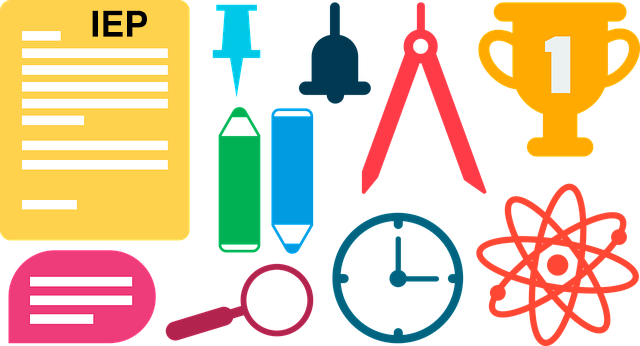
How to Translate an IEP Document [2024]
Need to translate an IEP document? Learn how to translate IEP documents in the most efficient and secure way possible.
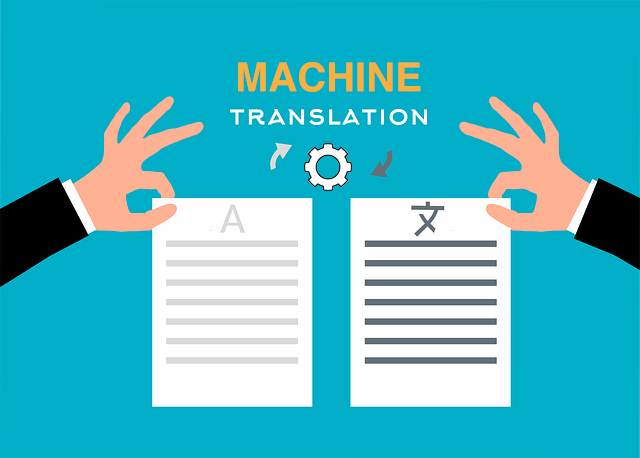
Machine Translation (MT): Your Guide to the Basics [2024]
Curious about Machine Translation (MT)? Learn about machine translation, how it works, benefits of machine translation & more.

How to Translate XML Files Online (2024)
Need to translate XML files online? Learn about the best features to use when translating XML files.
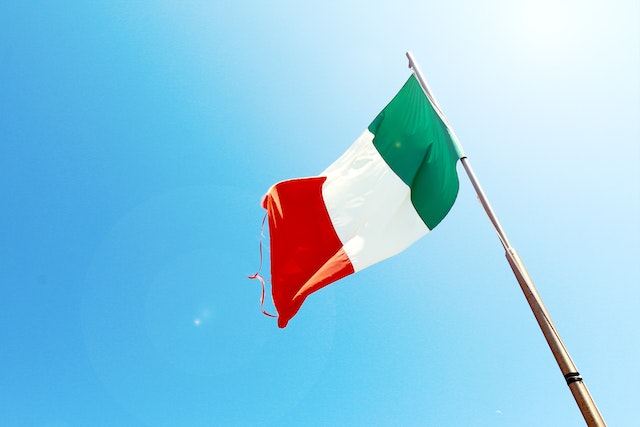
Best English to Italian Document Translation Software (2024)
Want the best English to Italian document translation software for business? Read about the 10 best English-Italian translator app features.

Terminology Management in Translation: Essential Guide [2024]
Learn all about terminology management in this comprehensive guide.

Smartling Alternative for Enterprises in 2024
Want a Smartling alternative? Explore 10 possible reasons you need one, and why Pairaphrase might be your best alternative.
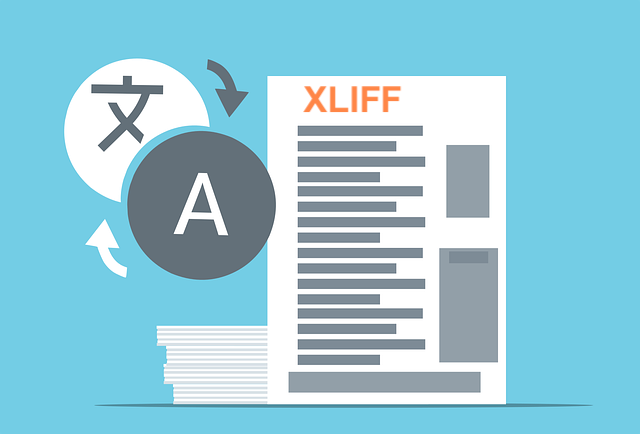
How to Translate XLIFF Files Online Successfully (2025)
Need to translate XLIFF files online? Learn why Pairaphrase is the best way to translate an XLIFF file.

Best Japanese to English Document Translation Software (2024)
Looking for Japanese to English translation software, but not sure what features you need? Access this buying guide.

How to Translate SRT Files Effectively [2024]
Learn how to translate SRT files in 2022! Explore the reasons Pairaphrase is the best way to translate an SRT file effectively.
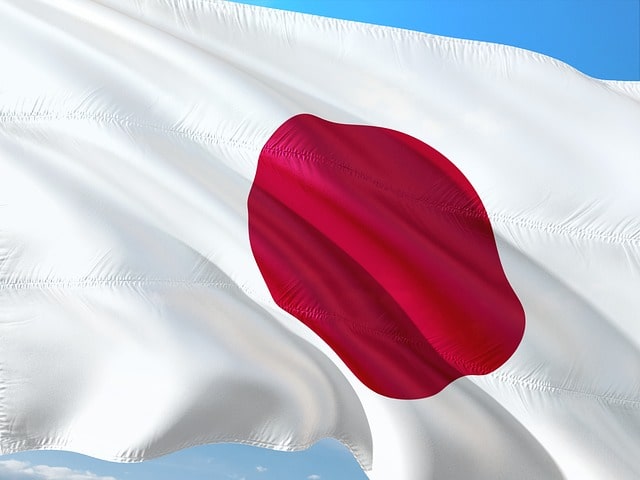
Best English to Japanese Document Translation Software (2024)
Looking for English to Japanese translation software, but not sure what features you need? Access this buying guide.

Brochure Translation Software Features to Look for
Need brochure translation? Look for these 10 top brochure translator features (before you buy).

Best Way to Translate Articulate Course Files
Need to translate Articulate course files? Learn why Pairaphrase is the best way to translate Articulate files (XLIFF 2.0).

Best Way to Translate Multiple Files Simultaneously Online [2024]
Need to translate multiple files simultaneously online? Learn why Pairaphrase is best for batch translation.

Using Pairaphrase Translation Software with Amazon Translate
Curious about translating with Amazon Translate (AWS)? Learn about using Amazon’s machine translation engine with Pairaphrase.

Best English to Hindi Document Translation Software (2024)
Looking for English to Hindi translation software, but not sure what features you need? Access this buying guide.

How to Translate Large Files with Ease [2024]
Need to translate large files? Learn about the best tools to use when translating large PDF’s, documents & more (10MB+).

Catalog Translation Software Features to Look for
Need catalog translation? Look for these 10 top catalog translator features (before you buy).

Best English to Vietnamese Document Translation Software (2024)
Looking for English to Vietnamese translation software, but not sure what features you need? Access this buying guide.

How to Create Effective Termbase Glossaries for Machine Translation
Need to create a termbase glossary? Get our top 5 tips for creating effective termbase glossaries for machine translation.
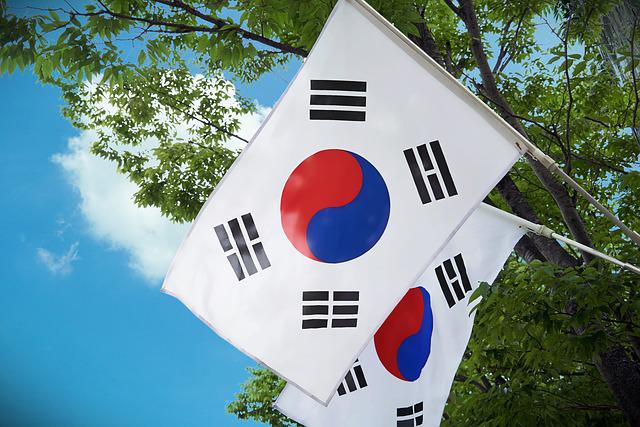
Best English to Korean Document Translation Software (2024)
Looking for English to Korean translation software, but not sure what features you need? Access this buying guide.

Best DeepL Alternative for Enterprise Teams (2024)
Explore various DeepL drawbacks and user-specific needs you might identify with. This way, you can conclude whether alternatives to DeepL could fill these gaps.

Top 10 Translation Industry Trends in 2022
Explore 2022 translation industry trends! Learn about 10 translation industry trends 2022 will bring, according to our predictions »

Secure Transcription Software That Translates Languages
Need secure transcription software that translates languages? Learn what features to look for and how Pairaphrase will benefit you.

Best English to Portuguese Document Translation Software (2024)
Looking for English to Portuguese translation software, but not sure what features you need? Access this buying guide.
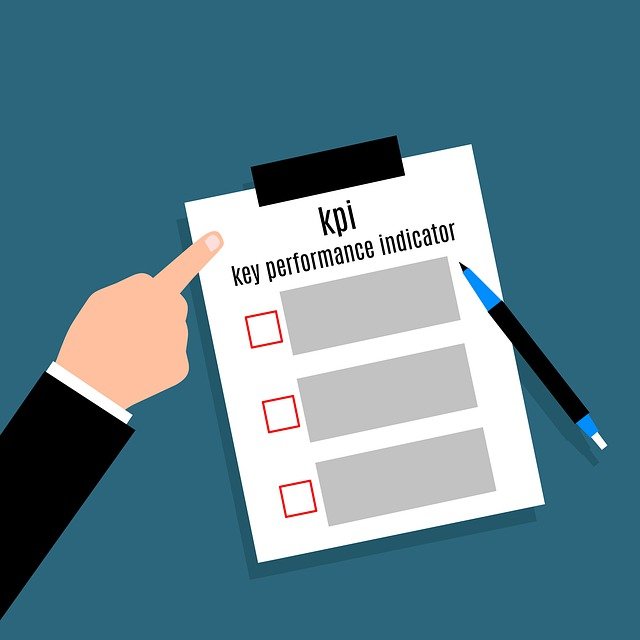
Translation KPIs for Translation Management Success
Establishing translation KPIs (Key Performance Indicators)? Here are the 5 Most Important KPIs for translation management success.

